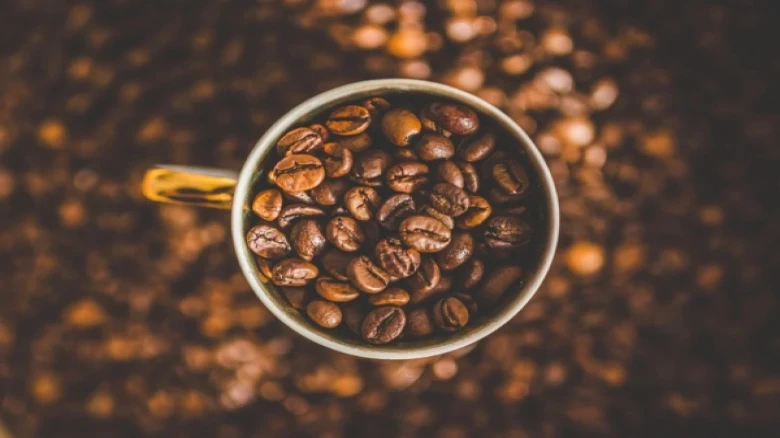Climate change is endangering global coffee output by causing crop failures in several countries...
Digital Desk: There is no doubt that coffee is a favourite of more than half of the world's population. Are you too reliant on that first cup of coffee to start your day? If the answer is yes, you need to make some changes in your life since coffee is on its way to becoming more costly as output decreases throughout the world.
Also if you ask about the reason why your special brew will cost you so much! then the answer is because of climate change, the adverse effect of climate change is causing the decline of crops.
According to a recent analysis, crop failures in multiple nations at the same time are threatening the world coffee supply, which might drop by 50%. Extreme weather events and the changing environment of the coffee-producing region as a result of global warming are being blamed for the failures.
"Failures can be caused by geographically mounting climatic anomalies, which in turn can be driven by large-scale climate phenomena like the El Nino Southern Oscillation (ENSO)," researchers wrote in the PLOS Climate Journal.
Researchers examined 12 climatic risks and the extent to which they happened and co-occurred in the world's top 12 coffee-producing areas. They discovered that these dangers rose dramatically between 1980 and 2020 and that the nature of the hazards has shifted from extremely chilly to overly warm circumstances.
"The sort of hazard has moved from extremely chilly to too warm circumstances, indicating a definite climate change signal. Just one of the six most dangerous years occurred before 2010, indicating that spatially compounded dangers have grown increasingly widespread in the last decade "According to the findings of the study.
It's worth noting that the best temperature for two major coffee kinds, arabica and robusta, is 18 to 22 degrees Celsius and 22 to 28 degrees Celsius, respectively. Coffee, particularly Arabica, is regarded as a susceptible crop, prone to climatic fluctuation and change.
Researchers believe that the transition from cold and moist to hot and dry weather is mostly related to climate change.
"El Nio-like sea-surface temperatures in the Pacific Ocean are connected with lower precipitation and higher temperatures in most coffee areas, as well as spatially compounding warm and dry occurrences," according to the paper's authors.
"With climate change estimates indicating that temperatures in the tropics would continue to climb, we imply that coffee production may expect continuing systemic shocks in response to climatic threats," researchers stated.
Changes in coffee output and crop failures might affect tens of millions of farmers in poor nations that rely heavily on it. Climate change is projected to affect the global distribution of coffee suitability, and the area of land suitable for coffee growth may be reduced by up to 50%.

Leave A Comment